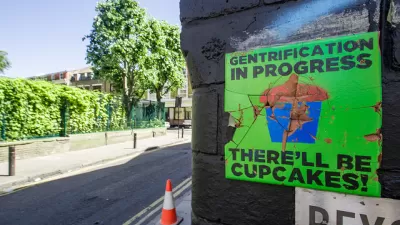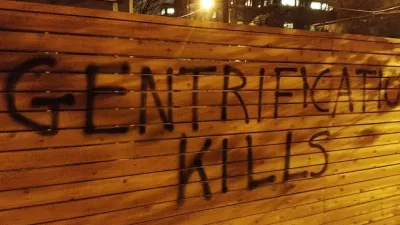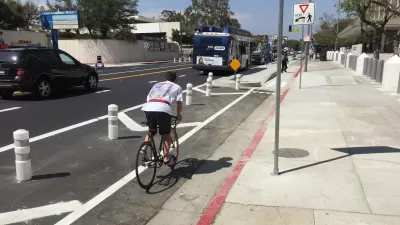My pitches for space usually centered around the developer’s needs and not the needs of the neighborhood or its residents. I didn’t pay much attention to what impact those events would have on the surrounding neighborhoods.
My first foray into creative placemaking entailed teaming up with a friend who managed a local art gallery to organize an art party in one of those empty retail spaces. The commercial real estate agent who represented the owner of that space was my neighbor, and mentioned that he was looking for ways to activate the space to attract potential renters. My friend and I programmed performance artists, video artists, and a band.
A few months later, we organized a similar event in a space down the street that had been a brake service garage. Oil stained the concrete floor and tools still hung on the wall. This time we charged $10 a head and didn’t give away the booze. The brake shop has since been turned into a coffee shop and design studio.
Once I saw that I could make a living producing art events, despite the significant decrease in salary, I quit my law job and started organizing arts events in raw spaces all over the city. I cultivated relationships with developers who would let me temporarily occupy their buildings, which were usually located in less developed parts of the city.
My pitches for space usually centered around the developer’s needs and not the needs of the neighborhood or its residents. I didn’t pay much attention to what impact those events would have on the surrounding neighborhoods. I believed that the neighborhoods would be improved if I could convince people to come visit neglected sections of the city and see their potential.
FULL STORY: Regrets of an Accidental Placemaker

Planetizen Federal Action Tracker
A weekly monitor of how Trump’s orders and actions are impacting planners and planning in America.

San Francisco's School District Spent $105M To Build Affordable Housing for Teachers — And That's Just the Beginning
SFUSD joins a growing list of school districts using their land holdings to address housing affordability challenges faced by their own employees.

The Tiny, Adorable $7,000 Car Turning Japan Onto EVs
The single seat Mibot charges from a regular plug as quickly as an iPad, and is about half the price of an average EV.

With Protected Lanes, 460% More People Commute by Bike
For those needing more ammo, more data proving what we already knew is here.

In More Metros Than You’d Think, Suburbs are Now More Expensive Than the City
If you're moving to the burbs to save on square footage, data shows you should think again.

The States Losing Rural Delivery Rooms at an Alarming Pace
In some states, as few as 9% of rural hospitals still deliver babies. As a result, rising pre-term births, no adequate pre-term care and "harrowing" close calls are a growing reality.
Urban Design for Planners 1: Software Tools
This six-course series explores essential urban design concepts using open source software and equips planners with the tools they need to participate fully in the urban design process.
Planning for Universal Design
Learn the tools for implementing Universal Design in planning regulations.
Smith Gee Studio
City of Charlotte
City of Camden Redevelopment Agency
City of Astoria
Transportation Research & Education Center (TREC) at Portland State University
US High Speed Rail Association
City of Camden Redevelopment Agency
Municipality of Princeton (NJ)





























